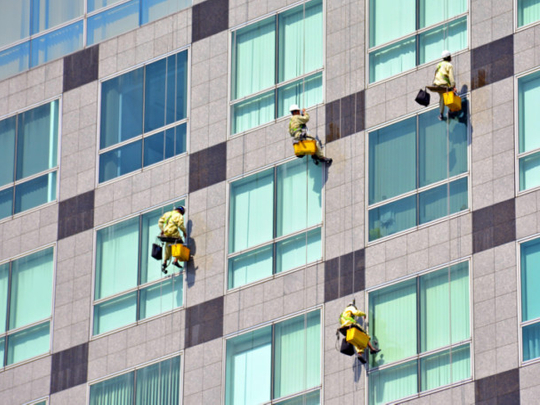
Facilities management (FM) is the maintenance of a building, its facilities and its equipment, with a view to extending the life of the assets. It also encompasses the day-to-day operations of running a building and keeping it in good working condition for its residents. And for these services, there is an associated cost, levied as a key component of service charges.
Common perceptions
FM has often been cast as the black sheep of the real estate industry, with end users and even owners largely perceiving it as an unnecessary cost and burden. End users and owners often dispute the expense that FM entails, and there is widespread discontent regarding the efficacy and cost balance of these services.
This resistance is typically born of a lack of awareness about FM, its benefits and the problems caused by an absence of FM and a short-term view typically of owners who do not live in their properties and are thus not motivated to invest in extending the property’s life.
Expenses vs savings
Good FM actually enables definite cost savings for owners and end users, adding years and value to the property life cycle. End users and owners often do not see the value of their investment in the service fee to maintain their property.
And this is where it becomes critical to engage users and educate them on how the absence of FM can significantly shorten the life of a building and severely impact the quality of life of its residents. It is also important to point out a well-executed FM can actually result in cost savings.
A good FM model
Good FM integrates people with the place, processes and technology, and only through this combination is it able to deliver both direct and indirect benefits to end users. Here are some qualities of a good FM mode.
* Uses technology to drive the maintenance processes, making them more efficient and intuitive, thus creating savings. For example, a good FM system identifies problems before they occur, schedules preventive maintenance automatically, avoids capex expenses for replacement of equipment and other tasks.
* Is comprehensive in its scope of including all facilities and assets as part of its property and building management.
* Deals with a single contact and avoids inefficiencies and costs associated in dealing with multiple vendors.
* Optimises use of energy, water and other resources in common areas, e.g. energy-efficient lighting or use of drought-resistant plants in landscaping.
Good FM does not exist in isolation of the people and residents it serves. Beyond the tangible savings it offers, good facilities management focuses on the resident and user experience, as they are its key beneficiaries.
Direct, indirect savings
The direct impact of a well-executed FM include:
* Prolongs life of an asset/building/property.
* Eliminates or reduces instances of break and fix.
* Reduces inefficiencies and wastage of energy and water.
The indirect benefits of a good FM include:
* Reduces business risk caused by power or elevator downtime.
* Positive productivity, health and experience of residents, employees or visitors in terms of the quality of air, temperature control, hygiene and safety.
The way forward
So where in the future can the industry look to deliver greater savings to clients? Experts suggest two key areas: FM getting more involved with projects at the design stage and in energy management.
While the mad rush to build, and buy, iconic skyscrapers and real estate continues in Dubai, little do property owners and end users know how the shape and construction of a building ultimately impacts its energy consumption and FM requirements. Jamal Lootah, president of the Middle East Facility Management Association (Mefma) and CEO Imdaad, says FM needs to get entrenched even deeper into the building life cycle, getting involved at the design and planning stage to effectively reduce FM costs post construction.
“We have to be there from day one in the design stage, giving advise to not build a building in that shape, which will make it difficult for you to maintain it later, or we can advise which system can fit in your building,” says Lootah.
Energy is another big space that can enable significant savings, whether by energy inefficiency, which tends to be system led, or reducing energy waste, which tends to be user led. Lighting is a natural starting point for FMs since lighting adds approximately 35 per cent across a building’s energy spend, and it can yield a significant payback.
The need of the hour is to educate end users and owners why it is prudent to spend now to realise savings later.












